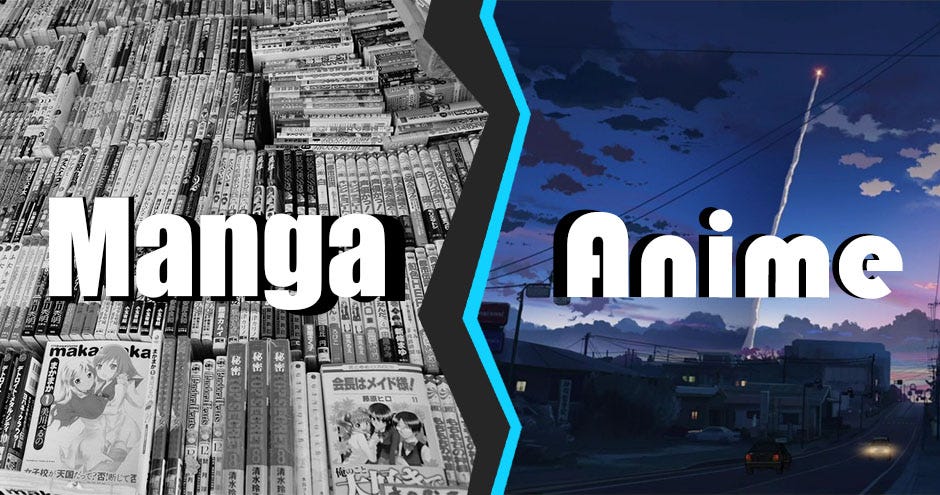Pulse of Information
Your source for the latest insights and updates.
Manga Magic: Why Your Next Obsession Should Be Black and White
Discover the enchanting world of black and white manga—your next obsession awaits! Uncover unique stories and stunning art that captivates!
The Charm of Monochrome: Diving into the Aesthetic of Black and White Manga
The aesthetic of black and white manga has a unique charm that captivates readers and artists alike. The absence of color allows for a deeper focus on composition, line work, and shading techniques. Artists utilize varying tones of gray and intricate cross-hatching to convey emotions and set the atmosphere of the story. This limitation often leads to creative freedom, as artists can experiment with textures and visual depth, creating stunning visuals that draw the reader's gaze. The power of stark contrasts can evoke a wide range of feelings, from nostalgia to suspense, transforming simple illustrations into profound experiences.
Moreover, the monochrome aesthetic has a timeless quality that transcends generations, appealing to both seasoned manga enthusiasts and new readers. Iconic series like Akira and Death Note demonstrate how monochrome artwork can enhance storytelling by creating visually striking panels that heighten tension and drama. As readers immerse themselves in these worlds, they often discover that the absence of color invites a more imaginative interpretation, allowing for personal connections to the narrative. Thus, black and white manga remains a beloved genre, reminding us that sometimes, less truly can be more.

Black and White vs. Color: Which Manga Style Captivates Readers More?
The debate between black and white and color in manga is a longstanding one that captivates enthusiasts and casual readers alike. Traditionally, most manga has been produced in black and white, allowing artists to focus on intricate line work and shading to convey emotion and atmosphere. This style not only enhances the narrative's depth but also creates a distinctive aesthetic that many fans appreciate. Furthermore, the lack of color invites readers to engage their imagination, interpreting scenes and characters in ways that vibrantly colored works sometimes do not. However, as the manga industry evolves, some creators are exploring color as a means to attract a wider audience and provide a more immersive experience.
On the other hand, color manga has gained popularity in recent years, with vibrant hues that bring characters and worlds to life. This vivid presentation can make the story more accessible to new readers who may find the stark contrasts of black and white daunting. Moreover, color allows for increased storytelling techniques, utilizing gradients and palettes to evoke specific feelings or moods. For instance, a bright, sunny day could be illustrated with warm yellows and blues, contrasting dramatically with a dark, stormy scene filled with muted colors. Ultimately, the choice between black and white versus color comes down to personal preference, with each style offering unique advantages that can capture the hearts of different readers.
Why Black and White Manga Offers a Unique Narrative Experience
Black and white manga offers a unique narrative experience that transcends traditional storytelling methods by using stark contrasts to evoke emotions and enhance the plot. The absence of color forces artists and readers alike to focus more on expressive linework and shading techniques, which can convey deeper meanings and subtleties often lost in colorful illustrations. This minimalist approach not only highlights character expressions and actions but also invites readers to engage their imagination, filling the visual gap with their thoughts and feelings as they interpret the scenes in their own way.
Moreover, the black and white medium serves to establish a distinctive mood, which can critically enhance the narrative flow. Various genres, from horror to romance, benefit from the atmospheric quality of monochrome art. For instance, in horror manga, the lack of color can amplify tension and fear, while in romantic tales, the delicate interplay of shadows can create an intimate ambiance. Ultimately, by stripping away color, black and white manga captures readers' attention and imagination, offering a unique narrative experience that resonates on multiple levels.